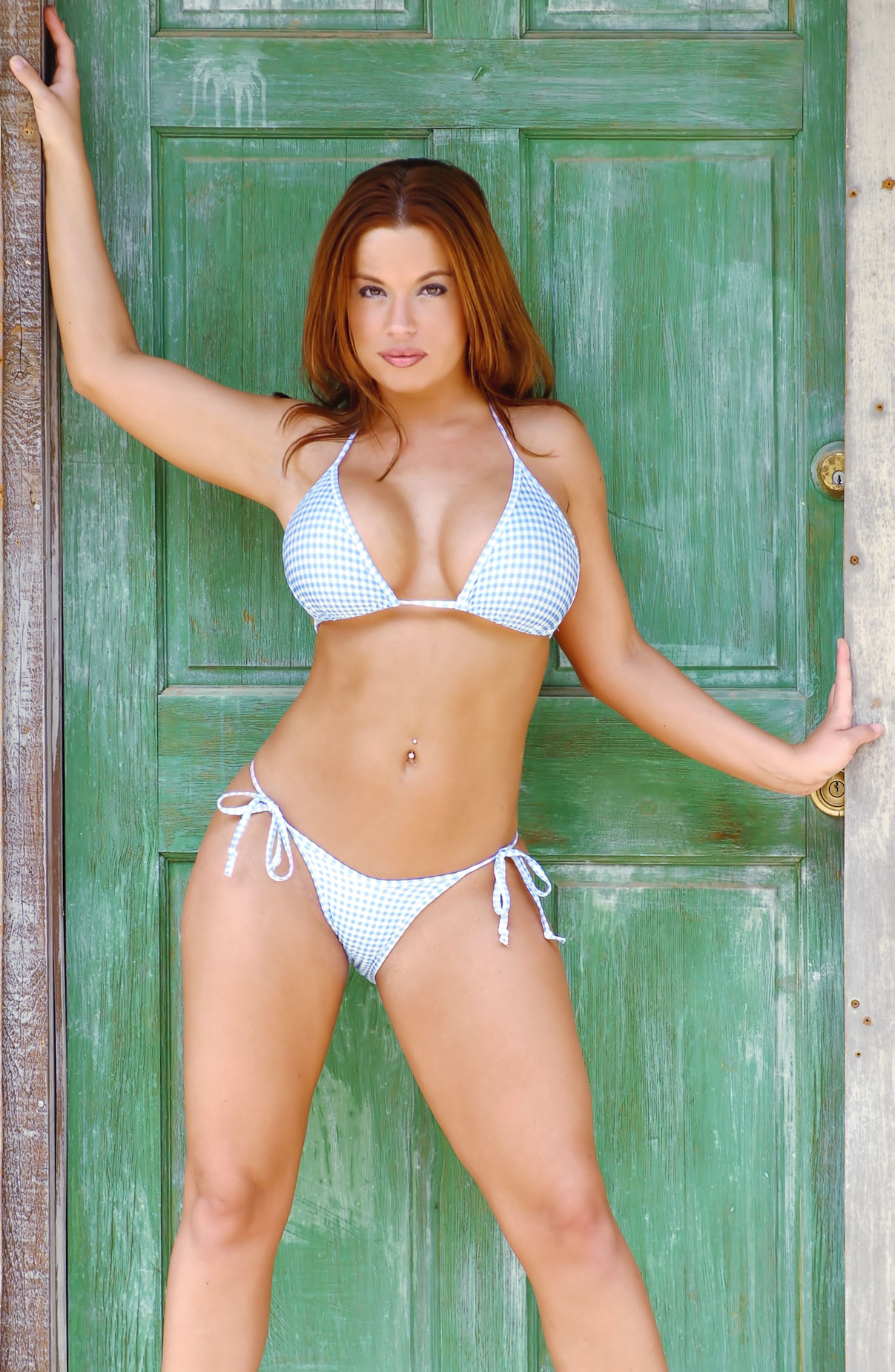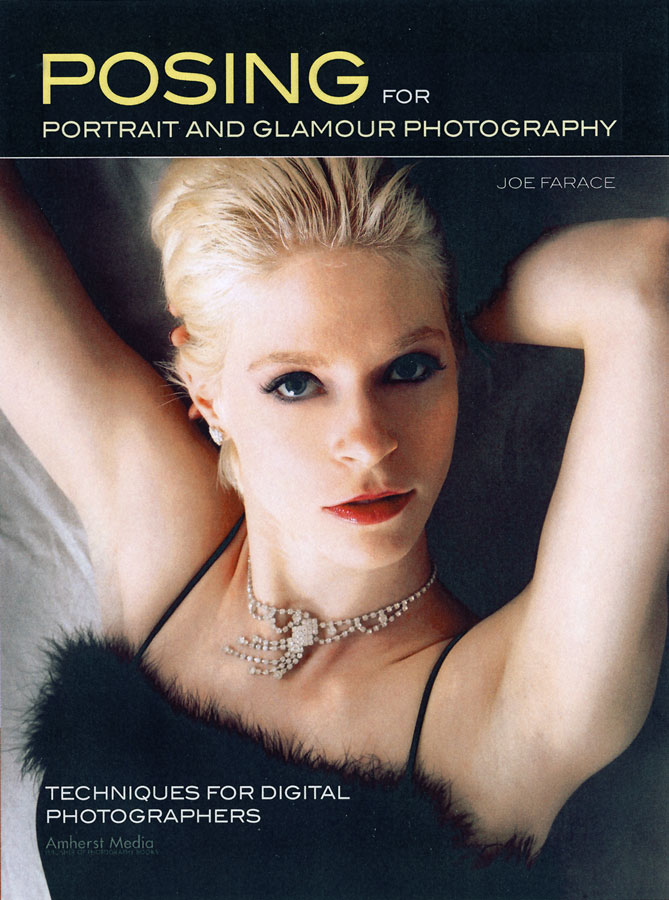My Sunday series on outdoor portraiture continues today with a portrait of Angela, a model I photographed once during a group model shoot in Phoenix. Arizona.
Today’s Post by Joe Farace
It’s one thing to make a picture of what a person looks like, it’s another thing to make a portrait of who they are.—Paul Caponigro
Shooting images outdoors means that you’re going to have to be creative about where and when you shoot and you need to look for locations that accommodate the model’s and your photographic requirements. That’s why private locations for intimate portraiture are best and allow both the model and photographer to relax and focus on creating memorable images.
The Doorway Pose
Sometime the physical location and the subject’s clothing or lack thereof will dictate a pose for the model, the photographer or maybe both. The right locations provide a natural-looking space where the subject can pose and be comfortable at the same time. But…
…the truth is that a portrait seldom represents reality. Instead it’s a snapshot of a point in time and though retouching and the subject’s pose presents an idealized version of someone who knows they’re being photographed. The point of any pose is not just to look natural, although that’s one objective but perhaps to also tell a story and there are many ways you can pursue that goal. Some photographers like to keep their posing subtle, which is my preferred way of working,
 When it come to outdoor portraiture, I must confess that if you show me a doorway I’ll use it as a prop, as you can see in this linked post with my forever muse Tia Stoneman. Doorways represent exits, entrances, departures, arrivals, moving out (or moving in). And always moving on; the act of transition —the act of anticipating. This particular doorway belonged to an outdoor movie set in Phoenix, Arizona and it may not have been functional—I don’t think it even opened—but makes the perfect prop.
When it come to outdoor portraiture, I must confess that if you show me a doorway I’ll use it as a prop, as you can see in this linked post with my forever muse Tia Stoneman. Doorways represent exits, entrances, departures, arrivals, moving out (or moving in). And always moving on; the act of transition —the act of anticipating. This particular doorway belonged to an outdoor movie set in Phoenix, Arizona and it may not have been functional—I don’t think it even opened—but makes the perfect prop.
One of the positive aspects of shooting glamour outdoors, including portraits such as the featured image, is that there’s always something for the subject to interact with. Doorways give subjects something to do with their hands as well as providing a natural frame around the them while adding some interest to the overall portrait. Rustic doorways are even better because they have character and offer a hard-edged contrast with the soft-edged subject.
How I Made this Portrait: I photographed Angela outdoors during a group model shoot in Phoenix, Arizona using a Canon EOS D60 with a Canon EF 135mm f/2.8 SF with the soft focus setting at zero—no soft focus. While this particular lens came to an ignominious end, afterwards the incident in question, I replaced it with a brand-new lens from Adorama that I still use to this day. The available light exposure was 1/320 sec at f/4.5 and ISO 200
After opening the JPEG file in Photoshop, I chose to crop the portrait slightly to make the door frame edges line up with the edges of the photographic frame. My doctor says that I am “borderline OCD” so maybe that’s why these kinds of things bother me. I made some slight adjustments in the model’s skin tones using PictoColor’s iCorrect Portrait Photoshop-compatible plug-in because the image was slightly underexposed making her look unnaturally tanned. The image was slightly tweaked in Vivenza to control contrast and was finished by adding a light touch of the Glamour Glow filter from Color Efex.
 If you enjoyed today’s blog post and would like to buy Joe a cup of Earl Grey tea ($2.50), click here. And if you do, thanks so much.
If you enjoyed today’s blog post and would like to buy Joe a cup of Earl Grey tea ($2.50), click here. And if you do, thanks so much.
The title for my book, “Posing for Portrait & Glamour Photography,” as written, was the “ABC’s or Portrait Posing,” so the publisher did what they typically do in these cases and totally ignored my title. To their credit they did use my suggested photograph for the first and only time in my book publishing history. The book is available new from Amazon.com for $29.95 or used starting around twenty-five bucks, as I write this. Kindle version is $28.45